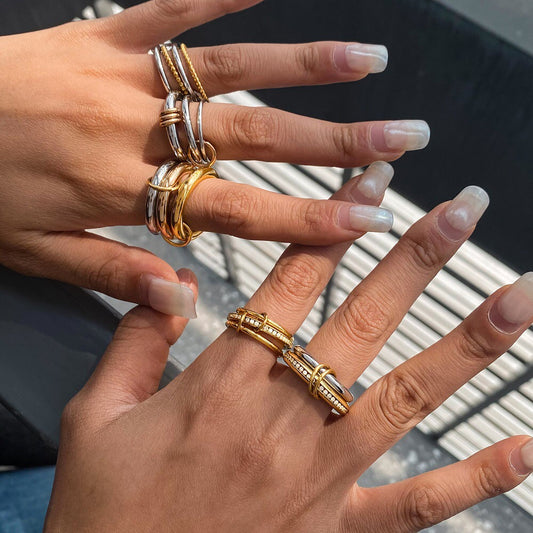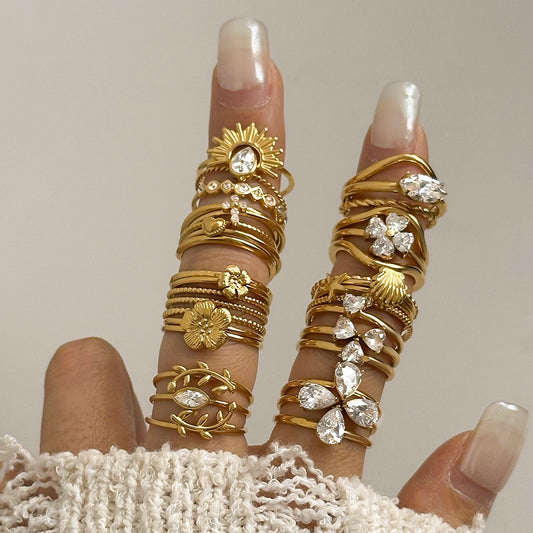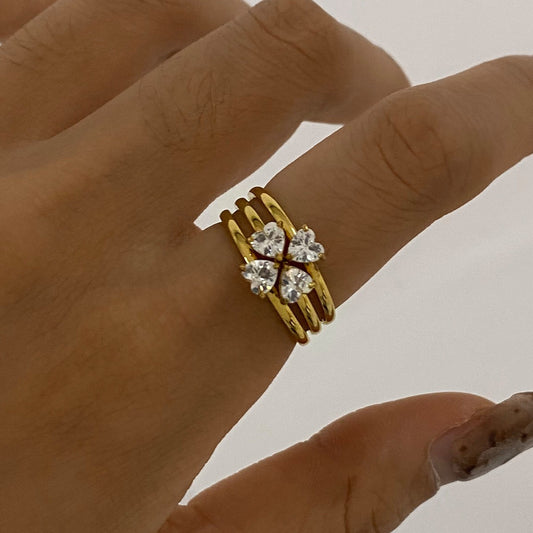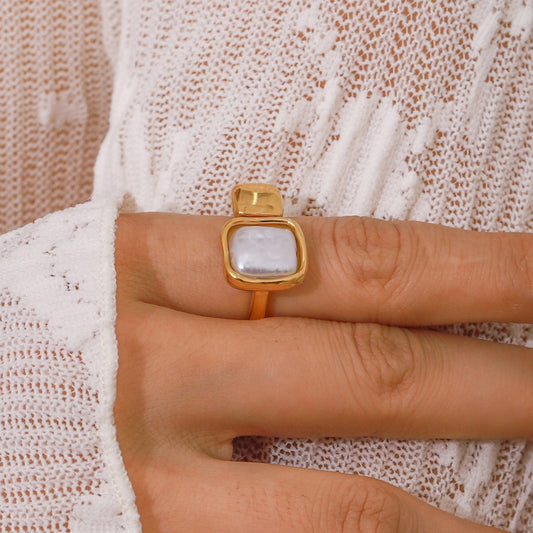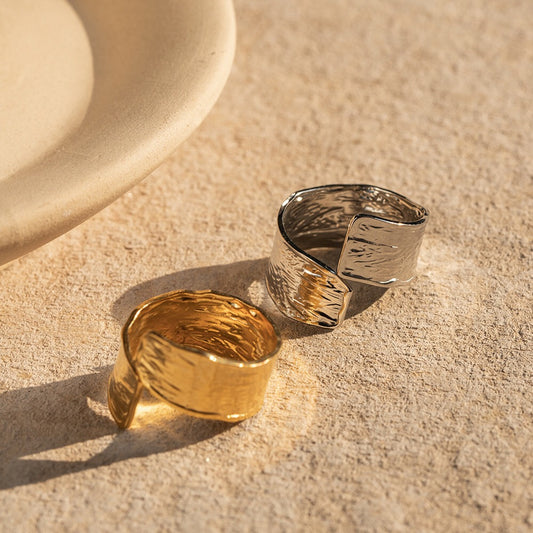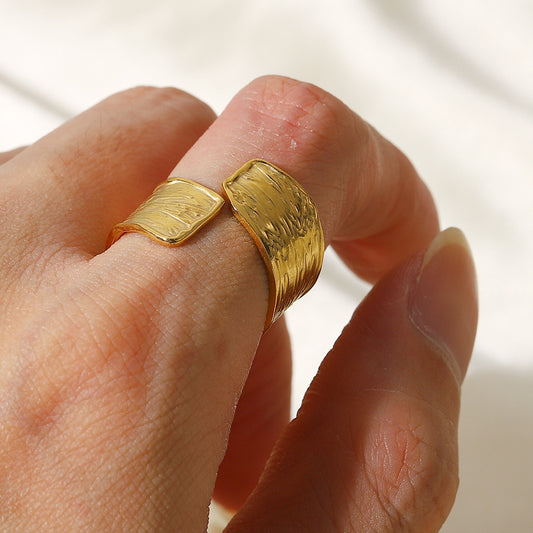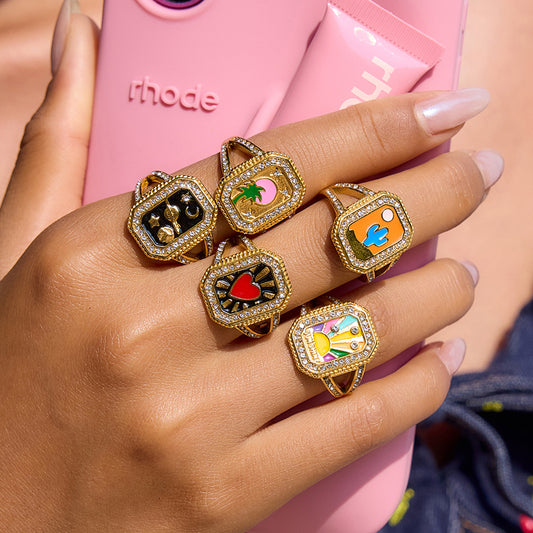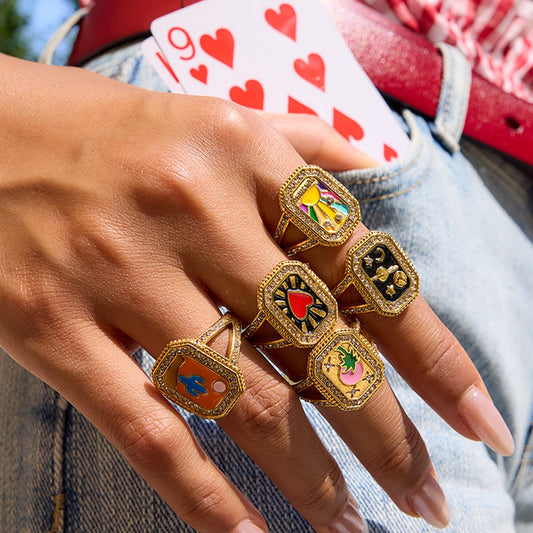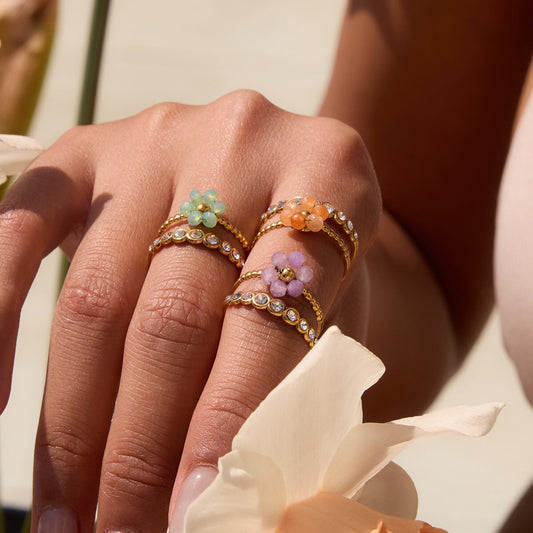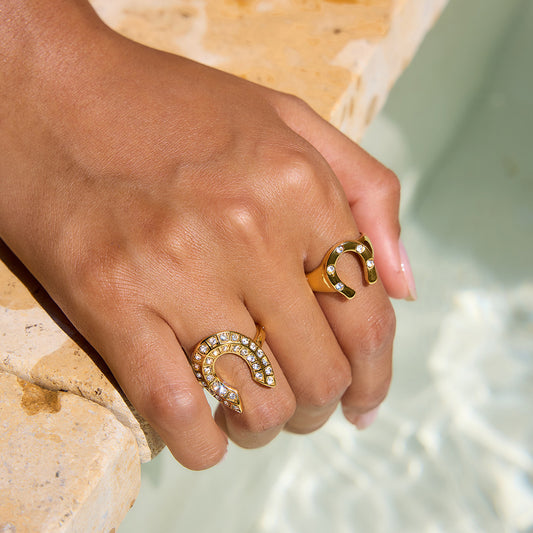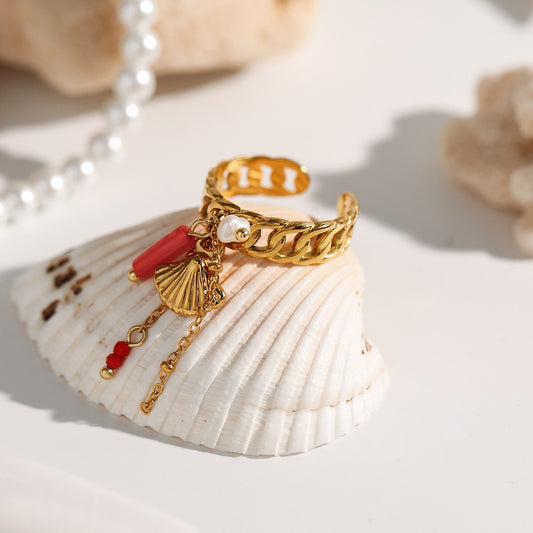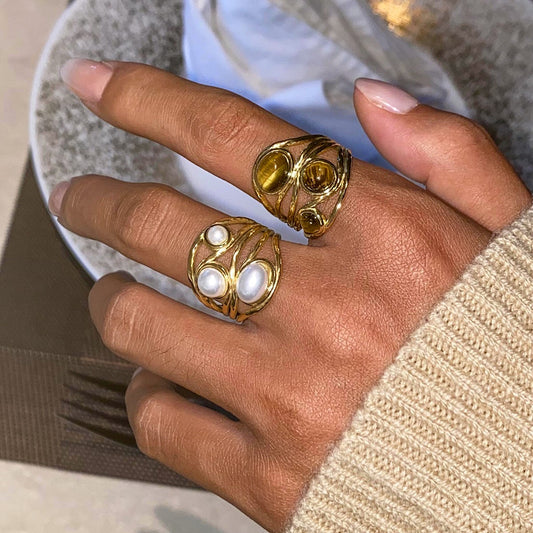Sapphire for engagement rings has been a symbol of enduring love for centuries. From Princess Diana’s iconic blue sapphire engagement ring (now worn by Kate Middleton) to modern couples seeking unique, meaningful gems, sapphires offer a blend of royalty, durability, and color that diamonds can’t match. Global Sapphire Jewellery Market size was valued at $909.2 Million in 2024 and it will grow $1562.3 Million at a CAGR of 6.2% by 2024 to 2033.. Unlike fleeting trends, sapphires are timeless: a sapphire engagement ring bought today will feel just as special on your 50th anniversary, telling a story of love that’s as strong and vibrant as the gem itself. Whether you’re a fan of classic blue, soft pink, or bold yellow, sapphire for engagement rings is a choice that’s both meaningful and unforgettable.

Why Choose Sapphire for Engagement Rings?
Sapphire stands out as an engagement ring gem for three unshakable reasons: its symbolic weight, its remarkable durability, and its diverse color palette. It’s not just a beautiful alternative to diamonds—it’s a gem that carries purpose.
1. Symbolism That Speaks to Forever
Sapphires have been linked to love and loyalty for millennia:
-
Ancient Roots: In ancient Greece and Rome, sapphires were dedicated to Aphrodite, the goddess of love, and were believed to protect marriages from strife.
-
Royal Legacy: For centuries, royal families (from British monarchs to European nobles) chose sapphires for engagement rings to symbolize lifelong commitment and regal devotion. Princess Diana’s 12-carat blue sapphire ring cemented this legacy, making sapphires a symbol of "love fit for royalty."
-
Modern Meaning: Today, sapphires represent faithfulness, wisdom, and emotional depth—qualities that form the foundation of a strong marriage. Choosing sapphire for an engagement ring says, "I’m committed to a love that’s lasting, not just flashy."
2. Durability for Everyday Wear
Engagement rings are meant to be worn daily—and sapphires are up to the task. They rank 9 on the Mohs scale (second only to diamonds), making them scratch-resistant and tough enough for busy lifestyles:
-
No Fear of Wear: Unlike softer gemstones (like pearls or opals), sapphires won’t chip or fade with regular use. They can handle cooking, typing, gardening, and travel without losing their shine.
-
Low Maintenance: Sapphires don’t require special cleaning or care beyond basic jewelry upkeep—perfect for couples who want a beautiful ring without the hassle.
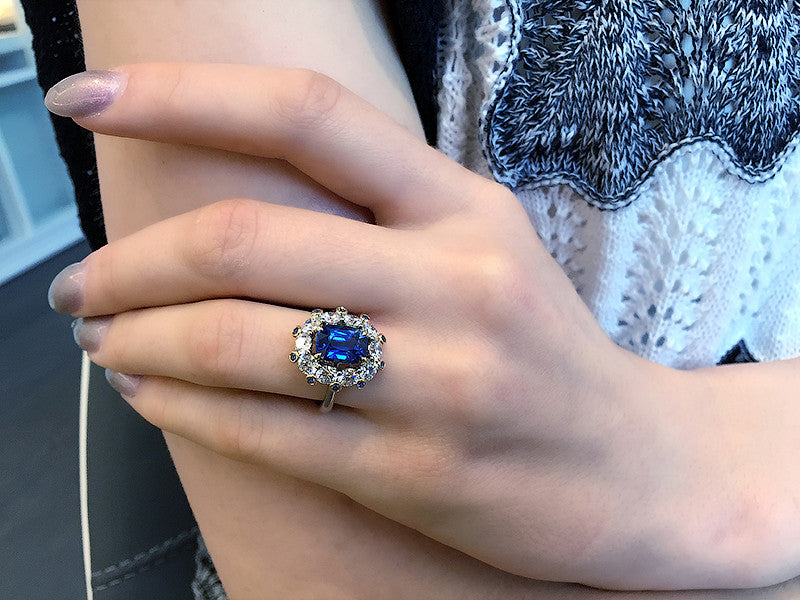
3. Color for Every Personality
Sapphires aren’t just blue—they come in a rainbow of hues, called "fancy sapphires," so you can choose a gem that reflects your partner’s style:
-
Blue Sapphire: The classic choice—deep, rich blue (from "cornflower blue" to "royal blue") that feels timeless and regal.
-
Pink Sapphire: Soft, romantic, and feminine—ideal for lovers of subtle color. It pairs beautifully with rose gold for a dreamy, modern look.
-
Yellow Sapphire: Sunny and optimistic—symbolizes joy and prosperity. Perfect for couples with a bright, energetic dynamic.
-
White Sapphire: A sleek alternative to diamonds—colorless, with a soft glow that feels understated yet luxurious.
-
Teal Sapphire: Bold and unique—blends blue and green for a nature-inspired look. Great for couples who want to stand out from the crowd.
This diversity means sapphire for engagement rings isn’t a "one-size-fits-all" choice—it’s a way to personalize your symbol of love.
Popular Styles of Sapphire for Engagement Rings
Sapphires shine in every engagement ring style, from classic solitaires to modern halos. Here are the most beloved designs, tailored to different tastes:
1. Blue Sapphire Solitaire Engagement Ring (Classic Royalty)
The most timeless style—letting the sapphire’s rich color take center stage:
-
Design: A single blue sapphire (round, oval, or cushion-cut) in a simple prong setting (4 or 6 prongs) in white gold, yellow gold, or platinum. Stone sizes: 1–2 carats (subtle enough for everyday wear, large enough to showcase the blue hue).
-
Best For: Lovers of tradition, fans of royal style, or anyone who wants a ring that feels both classic and meaningful. Princess Diana’s ring popularized this design, and it remains a top choice for brides seeking elegance.
-
Why It Works: The solitaire setting keeps the focus on the sapphire’s color and clarity, highlighting its natural beauty. White gold or platinum makes the blue pop, while yellow gold adds warmth.

2. Pink Sapphire Halo Engagement Ring (Romantic Glamour)
For brides who love soft color and subtle sparkle:
-
Design: A center pink sapphire (oval or pear-cut) surrounded by a "halo" of tiny white diamonds in a rose gold or white gold setting. The halo makes the sapphire look larger and adds a romantic, ethereal glow.
-
Best For: Romantics, fans of feminine style, or couples who want a ring that feels delicate yet special. Pink sapphire halos are perfect for spring or summer weddings.
-
Why It Works: The pink sapphire’s soft hue pairs beautifully with white diamonds, creating a "blush and sparkle" effect that’s both modern and timeless. Rose gold enhances the sapphire’s warmth, making it feel extra romantic.
3. Yellow Sapphire Three-Stone Engagement Ring (Joyful Symbolism)
Three-stone rings represent "past, present, future"—and yellow sapphire adds a sunny twist:
-
Design: A center yellow sapphire flanked by two smaller white diamonds (or yellow sapphires) in a yellow gold or white gold band. The three stones symbolize your journey together, from how you met to your future.
-
Best For: Optimistic couples, lovers of color, or anyone who wants a ring with emotional depth. Yellow sapphire three-stone rings are also a popular choice for second marriages, as they represent new beginnings.
-
Why It Works: The yellow sapphire’s brightness symbolizes joy, while the three-stone design adds layers of meaning. It’s a ring that tells a story every time you look at it.

4. White Sapphire Pavé Engagement Ring (Sleek Alternative to Diamonds)
For couples who love the look of diamonds but want something unique:
-
Design: A center white sapphire (round or princess-cut) with a band covered in tiny pavé white sapphires (or diamonds) in a white gold or platinum setting. The result is a ring that sparkles like a diamond but feels more distinctive.
-
Best For: Minimalists, couples on a budget (white sapphires are more affordable than diamonds), or anyone who wants a sleek, modern ring without the diamond label.
-
Why It Works: White sapphires have a softer, more diffused sparkle than diamonds, giving the ring a subtle, elegant glow. The pavé band adds extra shine without overwhelming the center stone.
5. Teal Sapphire Vintage Engagement Ring (Bold & Unique)
For couples who want to stand out from traditional designs:
-
Design: A teal sapphire (emerald-cut or cushion-cut) in a vintage-inspired setting—think Art Deco geometric patterns, filigree metalwork, or milgrain edges—in white gold or platinum.
-
Best For: Fashion-forward couples, lovers of retro style, or anyone who wants a ring that feels like a one-of-a-kind heirloom. Teal sapphires are rare, making this design even more special.
-
Why It Works: Teal’s unique blue-green hue is eye-catching but not loud, and the vintage setting adds character. It’s a ring that will get compliments and spark conversations about its story.

How to Choose Sapphire for Engagement Rings (Key Factors)
Selecting the right sapphire for your engagement ring means focusing on four key factors: color, cut, clarity, and carat weight. Unlike diamonds, where clarity is king, sapphires prioritize color—so start there.
1. Color: The Most Important Factor
Sapphire’s value and beauty depend on its color—here’s what to look for:
-
Hue: This is the base color (e.g., blue, pink, yellow). For blue sapphires, look for a rich, even blue without green or gray undertones (these dilute the color). For fancy sapphires (pink, yellow), choose a hue that’s true to its name (no orange in yellow, no purple in pink).
-
Saturation: This is how intense the color is. The most valuable sapphires have high saturation—deep, vivid color that doesn’t look washed out. For example, a "royal blue" sapphire has higher saturation than a "light blue" one.
-
Tone: This is how light or dark the color is. Medium to medium-dark tones are most desirable—too light, and the sapphire looks pale; too dark, and it loses its sparkle.
2. Cut: Enhance Color and Sparkle
A well-cut sapphire maximizes its color and light reflection. The best cuts for sapphires are:
-
Oval or Cushion-Cut: These cuts spread color evenly across the stone, making the sapphire’s hue look more vibrant. They also make the stone look larger than its carat weight.
-
Emerald-Cut: Highlights the sapphire’s clarity and creates a "hall of mirrors" effect that showcases its color in a sleek, modern way.
-
Round-Cut: Classic and versatile, but be careful—round cuts can sometimes make sapphires look less colorful than oval or cushion cuts. Opt for a deep round cut to preserve color.
Avoid poorly cut sapphires (too shallow or too deep)—they’ll look dull and fail to show off the gem’s beauty.
3. Clarity: Don’t Obsess Over Perfection
Sapphires often have small inclusions (internal flaws)—this is normal and doesn’t diminish their beauty. Unlike diamonds, where "flawless" is ideal, sapphires only need to be "eye-clean":
-
Eye-Clean: No inclusions are visible to the naked eye (you may see them under a magnifying glass, but that’s okay).
-
Why It Matters: Inclusions don’t affect the sapphire’s durability—they just add to its uniqueness. A sapphire with small inclusions is still a beautiful, valuable gem.
4. Carat Weight: Balance Size and Budget
Sapphires are denser than diamonds, so a 1-carat sapphire will look smaller than a 1-carat diamond. Here’s how to balance size and budget:
-
Everyday Wear: 1–1.5 carat sapphires are ideal—they’re large enough to make a statement but not too bulky for daily use.
-
Special Occasions: 2+ carat sapphires are perfect for couples who want a bold look, but they come with a higher price tag (especially for blue or teal sapphires).
-
Budget Tip: Opt for a slightly smaller carat weight with better color saturation. A 1-carat high-saturation blue sapphire will look more beautiful than a 1.5-carat pale blue one—at a lower cost.
How to Care for Sapphire Engagement Rings
Sapphires are durable, but proper care will keep your ring looking beautiful for decades:
Daily Care Tips
-
Remove Before High-Risk Activities: Take off your ring before swimming (chlorine can damage metal), showering (soap builds up on the sapphire), working out (sweat can tarnish metal), or using cleaning products (bleach and ammonia scratch metal).
-
Wipe After Wear: Gently wipe the sapphire and band with a soft microfiber cloth every night to remove oil, lotion, or dirt—this keeps the sapphire’s color bright and the metal shiny.
Weekly Deep Cleaning
-
Mix warm water with a drop of mild dish soap (or gemstone-specific cleaner) in a small bowl.
-
Soak the ring for 10–15 minutes—this loosens dirt from the sapphire’s setting and the band.
-
Gently scrub the sapphire and setting with a soft-bristled toothbrush (focus on the back of the sapphire, where dirt often hides).
-
Rinse under warm running water and pat dry immediately with a microfiber cloth.
Annual Maintenance
-
Professional Cleaning: Take the ring to a jeweler once a year for a deep clean—they’ll use ultrasonic tools to remove dirt you can’t reach at home and polish the metal to restore its shine.
-
Prong Check: If your sapphire is in a prong setting, ask the jeweler to check the prongs—loose prongs can cause the sapphire to fall out. Tightening them regularly is essential.
-
Appraisal: For high-value sapphire rings (e.g., blue or teal sapphires over 2 carats), get an annual appraisal to update its value (sapphires often appreciate over time, making them a smart investment).
Frequently Asked Questions About Sapphire for Engagement Rings
Q1: Are sapphires as durable as diamonds for engagement rings?
A: Almost! Sapphires rank 9 on the Mohs scale (diamonds are 10), so they’re just as durable for everyday wear. They won’t scratch easily and can handle the same activities as diamond rings—you just need to avoid extreme impact (e.g., dropping the ring on concrete).
Q2: Are blue sapphires more expensive than other colors?
A: Yes—blue sapphires (especially high-saturation ones from Kashmir or Myanmar) are the most expensive. Fancy sapphires (pink, yellow, white) are more affordable, making them a great choice for couples on a budget who still want a beautiful, meaningful gem.
Q3: Can sapphire engagement rings be resized?
A: Yes—most sapphire engagement rings can be resized by 1–2 sizes. Plain bands or solitaire settings are easiest to resize; halo or three-stone rings may require more work (jewelers may need to adjust the setting to keep the sapphire and accent stones secure). Always choose a jeweler with experience working with colored gemstones.
Q4: Do sapphires fade over time?
A: No—sapphires’ color is entirely natural and stable. They won’t fade with normal wear, even if exposed to sunlight or heat (unlike some colored gemstones, like amethyst). With proper care, your sapphire’s hue will stay bright forever.
Q5: Can I wear a sapphire engagement ring with a wedding band?
A: Absolutely! Sapphires pair beautifully with all wedding band styles:
-
Plain Metal Band: A yellow gold or white gold band complements a blue sapphire for a classic look.
-
Pavé Diamond Band: Adds extra sparkle without overwhelming the sapphire—perfect for a glamorous vibe.
-
Mixed-Metal Band: A rose gold band with a pink sapphire engagement ring creates a romantic, cohesive look.
Conclusion: Sapphire for Engagement Rings—Love That Lasts
Sapphire for engagement rings isn’t just an alternative to diamonds—it’s a choice that’s steeped in history, symbolism, and beauty. Its durability means it will keep up with your life together, its color options let you personalize your love story, and its legacy as a gem of royalty and loyalty adds depth to your vows.
Whether you choose a classic blue sapphire solitaire, a soft pink halo, or a bold teal vintage design, your sapphire engagement ring will be more than a piece of jewelry—it’s a daily reminder of the love you share: strong, vibrant, and built to last.
Here’s to a lifetime of love—sparkled by sapphire.






